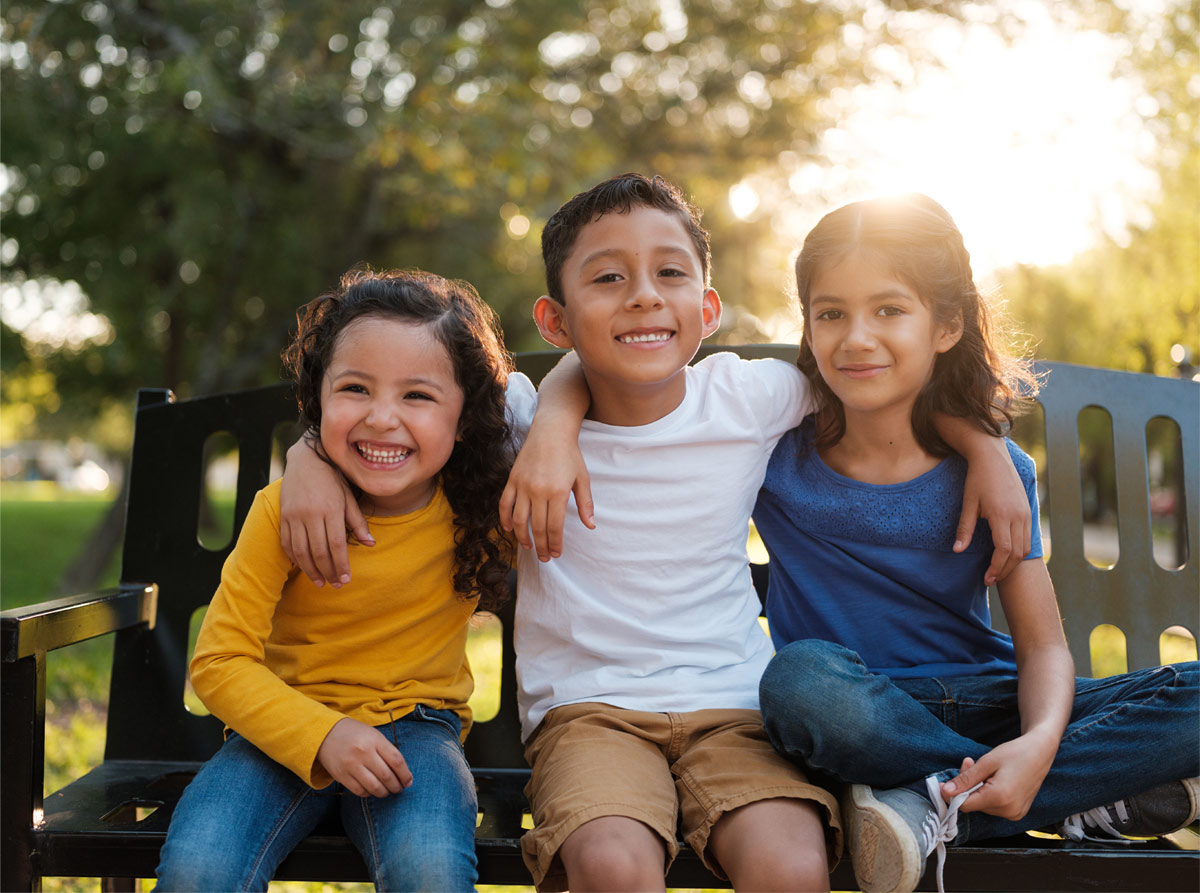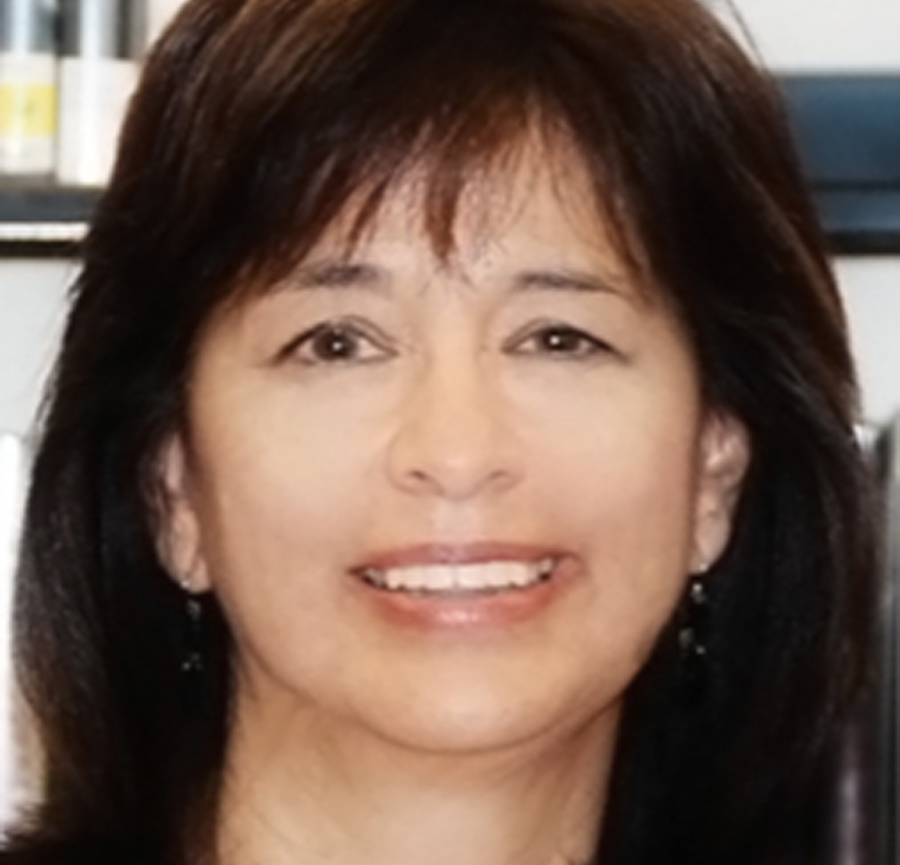
Nearly 56 percent of California’s public school students are Latino or Hispanic. While these children have not been the minority group in our schools for some time, we have much ground to cover in ensuring their educational experiences deliver optimal outcomes, as evidenced by pervasive achievement gaps when compared to their white and Asian American peers.
Latino students have made significant academic progress over the last few decades, boasting higher graduation rates and enrollment in postsecondary education, as well as improved test scores. Yet between 2019 and 2021, nationwide, Latino students in third through eighth grade saw greater declines than their non-Latino white peers on both interim math and reading assessments, according to a report released in July by UnidosUS, a Latino civil rights and advocacy organization.
National Hispanic Heritage Month offers district and county office of education leaders an opportunity to step back and look around at what is working throughout the state — where are schools making inroads in meeting the needs of this increasingly diverse student population where they are at?
Oakland Unified School District’s Latino Student Achievement specialist has curated a Latino Heritage Guide for sites in which staff are encouraged to explore resources to supplement classroom learning, site-based activities and even events. Each year, the district partners with the Oakland Public Education Fund to host an annual “Latino Read-In” to bring in family, staff and community volunteers to the classroom to read books written by Latino authors.
Engaging families is also an important aspect of the Puente Project, which takes a whole child, community-based approach to improving college-going rates among Latino youth attending schools throughout the state. Counselors work with teachers to function as a team that meets regularly with students both inside and outside the classroom. Counselors also work closely with families, providing regular parent workshops throughout the school year.
Many districts use this time to immerse students in art and culture. San Diego USD encourages students to submit art and personal stories about their experience and identity as a Hispanic and/or Latino person as part of their Heritage Art Contest.
Monrovia USD, in partnership with the Monrovia Latino Heritage Society, featured Hispanic heritage-themed artwork from fourth- and fifth-grade students from all five elementary schools as part of a recent exhibition, “Monrovia’s Past and Future Legacy.” Monrovia High School Spanish Club members attend as honorary docents, greeting distinguished guests and community members and helping to explain displays and demonstrate the connection between the youth and older members of the community.

And if you attended CSBA’s 2021 Annual Education Conference and Trade Show you’ll recall the captivating, vibrant performance of Sweetwater Union High School District’s Grupo Folklórico San Ysidro prior to the first keynote address. Students learn personal responsibility, group dynamics and leadership skills; grow and develop critical-thinking abilities, creative expression as well as physical and mental stamina; and share in cultural understanding and appreciation for the richness of Mexican folk dance routines spanning from the north, central and southern regions of Mexico.
We know that after the trauma of the last few years our students have returned to campus in desperate need of a safe place to land, where they can recover academically, where their social-emotional needs are met, and where they and their families are actively embraced and engaged.
The above examples are just a small selection of the work school boards do to support California’s Latino youth year-round.
Throughout Hispanic Heritage Month and well after, CSBA will be shining a spotlight on local educational agencies and programs that seek to build relationships with the Latino community, whether through art or counseling, increased resources or student opportunities. It is critical that we as school leaders use any and every method at our disposal to ensure Latino children feel welcome and supported.